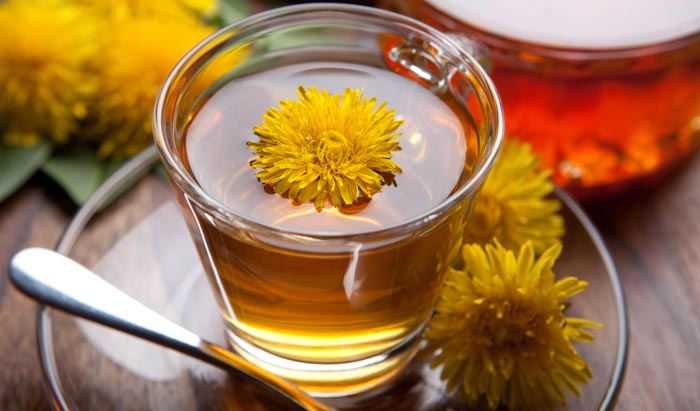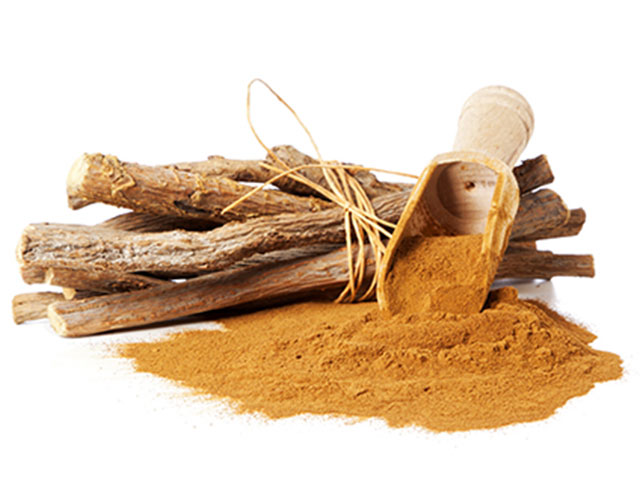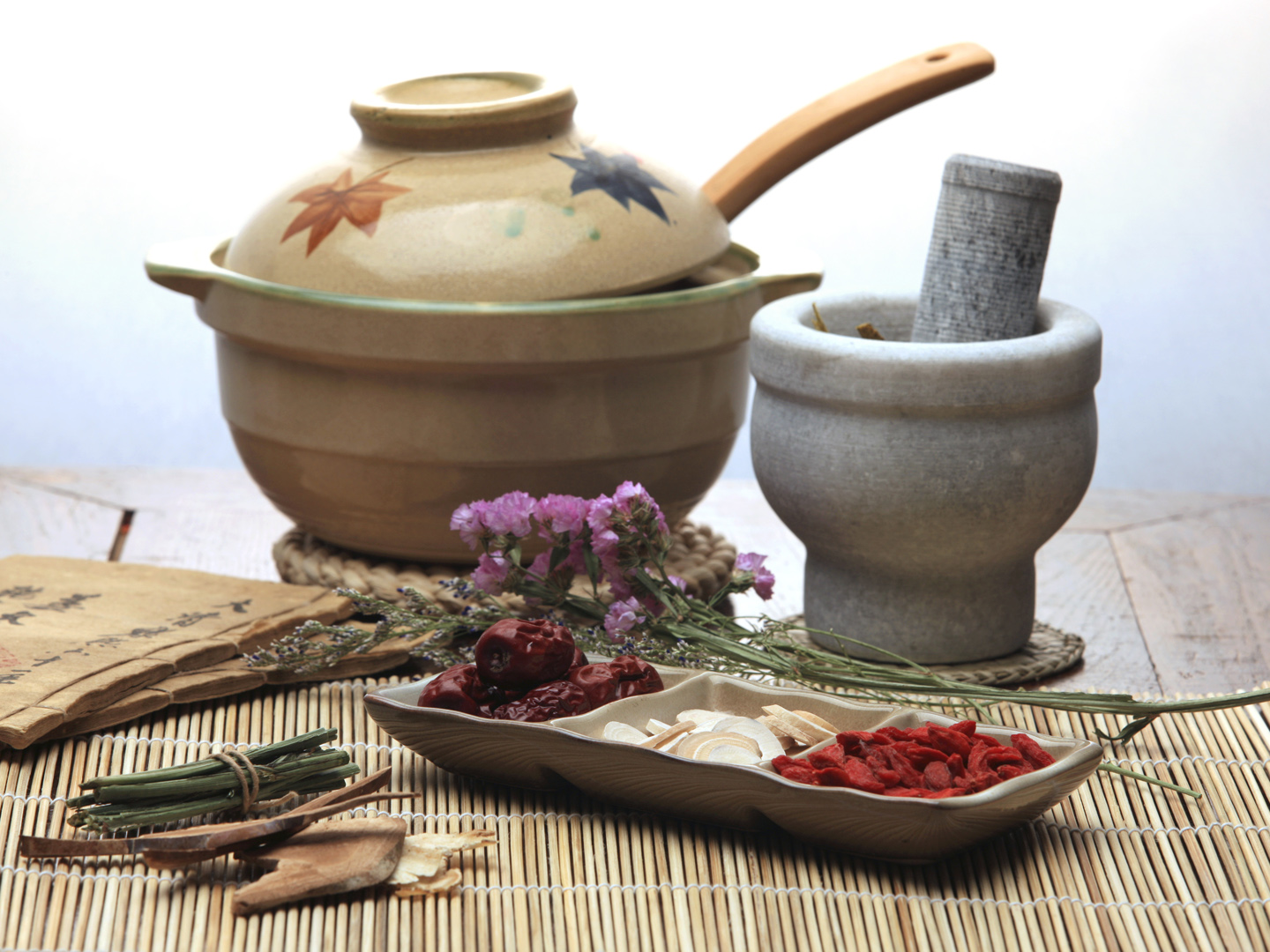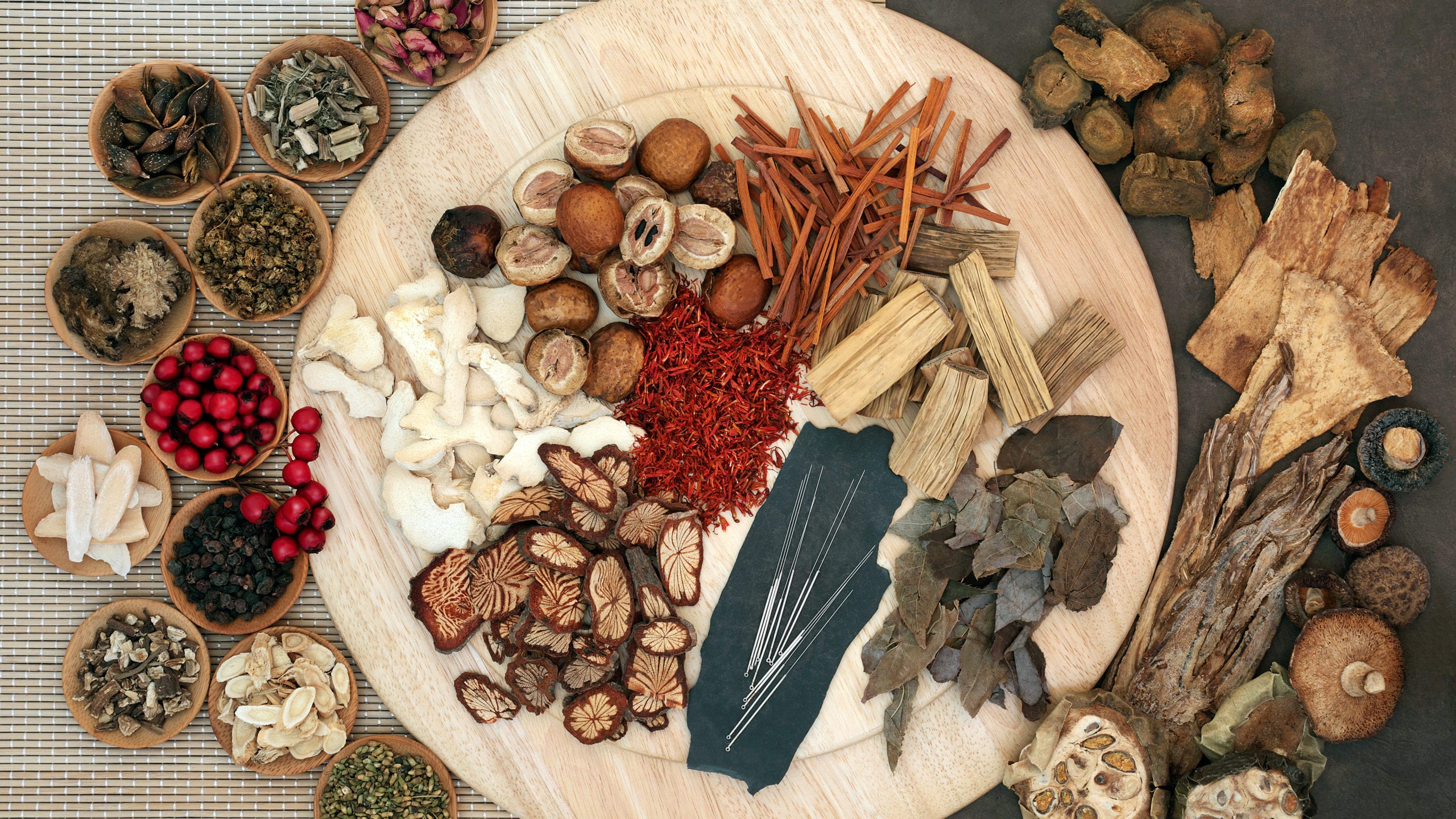In China, Traditional Chinese Medicine (TCM) is viewed as a way to treat minor ailments like headaches, joint pains, allergies, and more. Unlike Western concepts of medicine, which focuses on treating the symptoms of illnesses when they appear, TCM practices focus on keeping the overall body in good balance and preventing future illnesses by ensuring good health today. The practice also incorporates the idea of energy (qi) flowing through the body. All parts are connected and should be in proper harmony with each other.
Tea, in particular, is believed by TCM practitioners to help “prevent illnesses by minimizing the body’s excessive heat and dampness.” Other TCM cures include recipes infused with herbal ingredients, tai chi exercises, acupuncture, and gua sha. TCM evolved through thousands of years of medical research in China, and today is a formalized practice taught in Chinese universities. Many pharmacies in China sell TCM medicine!
Herbal medicine is recognized around the world by many different cultures. There is ongoing research conducted worldwide about the efficacy and safety of TCM, and many researchers have discovered chemical components to TCM herbs that make them effective cures for many mild illnesses and discomforts. Further scientific study is expected to further reveal what other health benefits TCM may be able to share.
(If you are sick, you should of course check with a doctor or healthcare professional about the best medicines for you. This article is not a substitute for professional medical advice.)
Here are the best Traditional Chinese Medicine teas and home cures followed in China that will be easy for you to try out at home!
Dandelion Tea for Bone and Digestive Health
Ingredients: dandelion flowers or stems
Instructions: Steep about one tablespoon of the stems or flowers for 30 minutes in five ounces of boiling water. You can remove the flowers or leave them in to drink.

Spring Tea for Indigestion
Ingredients: 15g Hawthorn berry, 10g tangerine peel
Instructions: Rince all the ingredients thoroughly. Put them in a pot with one liter of water and cook until the liquid boils.
This tea is best made in the spring. In China, the cold begins to disappear into sudden warm weather and spring rains. Combat indigestion during this time period with this popular spring tea.
Tea for Skin Inflammation
Ingredients: 5 grams of mint leaves, 10 grams of honeysuckle flower, 5 grams of licorice root
Instructions: Put the above medicinal materials into 1500 ml of water and boil, turn to low heat and boil for 3 minutes, and then drink!
Licorice root is one of the oldest herbal cures, with its earliest recorded usage in ancient Egypt. The root contains over 300 compounds, some of which demonstrate potent anti-inflammatory, antibacterial, and antiviral effects, and its chemical extracts are used in medicine to treat acne and eczema.

Tea for Cold, Fever, and Headache
Ingredients: Walnut kernels, green onion, ginger, 15 grams of black tea leaves.
Instructions: Put the above ingredients into 250 mL of water, boil, and simmer for five minutes. Drink after eating!
Black tea is known to improve metabolism, increase energy levels, and contain healthy antioxidants. However, since it does contain caffeine, drinkers should take care if they have a caffeine sensitivity.
Raspberry Tea for Diarrhea and Cramps
Ingredients: Raspberry leaves
Instructions: Brew in hot water
Raspberry is a traditional herbal cure for diarrhea, menstrual cramps, and pregnancy pains. It contains vitamin E, tannins, and flavonoids, which are strong antioxidants. Though researchers are still examining the chemical properties of raspberry leaves, The European Medicines Agency (EMA) notes that red raspberry leaf tea is good to treat mild cramps, diarrhea, and mouth/throat inflammation.

Heal-All Tea
Ingredients: Prunella Vulgaris
Instructions: Brew in hot water
Prunella Vulgaris is also know by the names “heal-all,” “woundwort,” or “carpenter’s herb.” It can be eaten raw in salads or brewed in teas! The flower has been used as a general cure by dozens of ancient cultures around the world to reduce internal heat, improve vision, and soothe swelling and aches such as headaches caused by hypertension. However, it may not be safe for children to drink.
Soup for Winter to Ease Dryness
Ingredients: 500g radish, 2 tablespoons Japanese miso paste, 1 teaspoon sugar, 1 teaspoon black soy sauce
Instructions: Wash and peel the radish into ½ inch slices. Put the slices into a pot and add water to cover them. Bring it to a boil and add the miso paste. Simmer until the radishes become soft. Add black soy sauce and sugar into the soup. Stir over a low flame for a few minutes and it’s ready to serve.
This soup is traditionally served in the winter, when temperatures drop and the body suffers from dry skin, chills, and weakened immune system. This soup is good for balancing qi and reducing dryness.

Study Traditional Chinese Medicine in China
TCM is a medical practice taught in Chinese universities. There are both full degrees and short-term courses available!
Loading programs...
- 9 Best Schools to Study Chinese in Beijing in 2025! - April 6, 2025
- How to Apply to the CSC Scholarship Step by Step - March 30, 2025
- BLCC Chinese Language Program Deadline: August 30, 2025 - March 21, 2025
